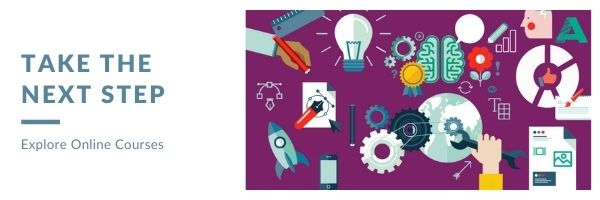With so many unanswered questions about what we should expect when school returns in the Fall and what that looks like, one thing is for certain – things will be different. With that in mind, remote learning is not going away. As teachers continue to immerse themselves in this new way of delivering, engaging, and assessing students, the importance of Universal Design for Learning (UDL) is becoming more prevalent than ever. UDL transcends across time and circumstances, even in Emergency Remote Teaching platforms. Even though our conventional use of using UDL to design learning has changed, UDL guiding questions are still applicable and, perhaps, more critical in the online environment.
Below are essential guiding questions and considerations to build out an (online or in-person) UDL Lesson Plan:
What is the key takeaway(s) for this lesson?
- Look at your standards, identify the key learning goal, then compact and prioritize. Remember – UDL is about firm goals and flexible means.
- Communicate the key goal verbally (in person or virtually), in writing, online (through Google Doc, slides, in a digital notebook) or via video (embedding verbally and written)
- Challenge learners to identify their personal goals for the lesson/unit (i.e. to improve organization. increase stamina, etc.) Ask, “How will you meet this goal?
Download here
How will all students express they met the goal of the lesson?
- Consider forms of assessment and formative checks such as completing exit tickets or formative quizzes verbally, in writing, a video submission such as screencast, and/or through technology (such as Google forms, Flipgrid, Kahoot, Peardeck, Quizizz)
What is the best means of representation?
- Utilize visuals, mini-lectures, and/or multi-media representations through platforms (such as Seesaw, Flipgrid, Google Classroom, G-Suite Tools, Screencastify, Google Meet, and Zoom) that enhance both representation as well as action and expression
What methods and materials will be used?
- Methods: Educators need not only focus on direct instruction but can provide options for a flipped model, the opportunity for learners to explore resources, or encourage participation in game-based, inquiry-based, and expeditionary (similar to project-based) learning.
Materials:
- Reading materials – Electronic or physical books, audiobooks (Epic, Overdrive, Tumble Books, etc.),
- Tools – Digital anchor charts, Whiteboards (Virtual options such as Figma or Zoom whiteboard), graphic organizers, images, photos, video clips
- Physical or online virtual manipulatives
- Extra practice materials like IXL or Moby Max
Who are my learners? How can we proactively plan for barriers?
- Consider access to content, access to technology, available materials, needed scaffolds, social/emotional factors, and executive function support
- Offer social/emotional check-ins through Mood meters, google forms, video meets, or Peardeck
How will I promote and sustain engagement?
- In online and conventional learning, it is important to connect to students’ funds of knowledge. Foster collaboration and community while also considering their interests and relevance of materials.
How will I provide opportunities for reflection/feedback?
- It is important to reflect on your lesson plan implementation – consider looking at what went well and what needs to change in response to your students’ needs?
- Be sure to get feedback from your students. Feedback can be provided in person, through video conferring, in a written format such as in Google form or through a survey format such as an e-exit slip.





